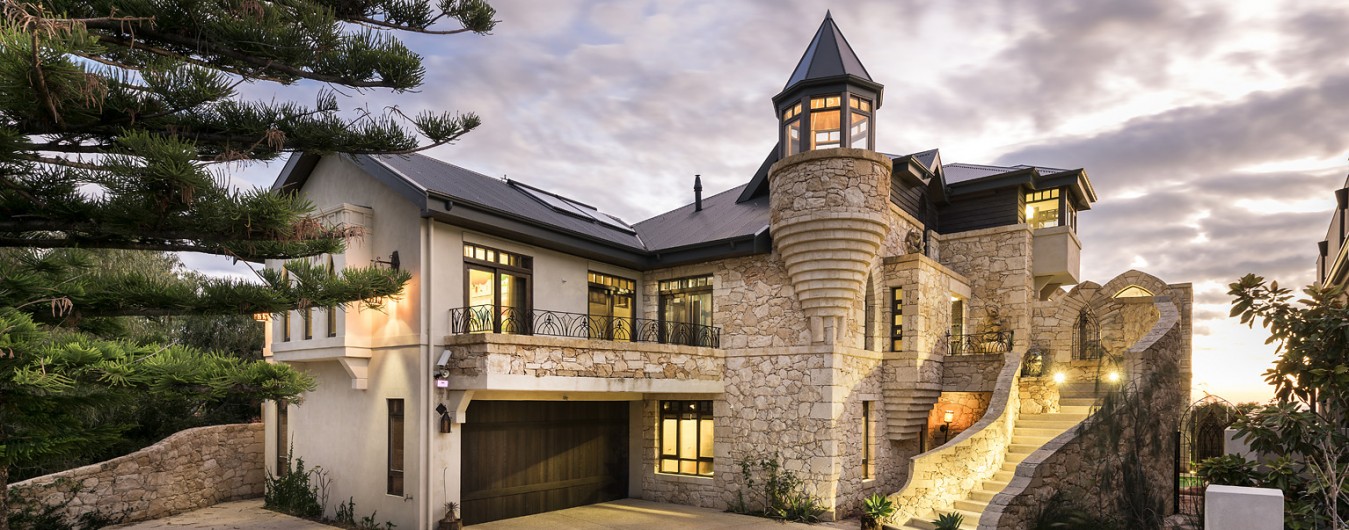Sustainable Development Using Solar Energy and Climate Design in Angola
22 September 2010
Following my recent trip to Angola upon the invitation of the Chinese Government, it occurred to me that there is a unique chance for Africa as it develops, to avoid the “unsustainable” practices of the western world that prevailed during the 19th and 20th centuries.
My treatment by the hierarchy of the Angolan Government and the leaders of the Chinese construction company was very respectful.
The use of water, the conservation of energy and the preservation of a natural environment was of high importance their quest to create a new future for the country. They were all ears in what we had to present. In many ways I felt that there was more enthusiasm and synergy with the ideas, solutions and suggested technologies I was presenting than I experience in Australia.
The country has been war torn for decades but finally peace has been restored and there is a feeling of optimism as the Chinese enterprises are exchanging the development of infrastructure and housing for access to minerals and oil.
The speed of progress made me even more aware of our stifling bureaucratic attitudes and processes in Australia. It was refreshing not to encounter stubborn enslavement to often silly, anti-innovation type regulations. Of course we are a safe, clean society but in comparison we move at a very boring pace and there seems no respect for professionals with expertise as is the case with their government where all solutions are on the table for discussion and evaluation.
An expert in our country negotiating over the counter at a local government building or planning office in Australia has the same status as a housewife in curlers, to most belligerent power loving local government officers. Maybe we have taken our ‘fair go’/egalitarian philosophies a little too far?
The Kilamba Kiaxi development 20 km south of Luanda, has already seen social housing rising above the monsoon flood plain at rate that is incomprehensible any where else in the world. This is of course apart from China itself.
Tower blocks from 4 to 13 storeys have appeared where only 2 years ago there was only virgin bush and upon the approach visually takes up the whole horizon as one approaches the precinct.
When fully complete with the next stage of middle class to luxury villas the development will eventually house 600,000 to one million people eventually. This will be complete with landscaping central business precinct and local neighbourhood commercial centres as well. Within 5 to 10 years this will all materialize. It is so impressive. This would take at least 20-50 years anywhere else. It would probably take 5 years to get the sub division approved in Australia for instance.
There is at least $50 billion (USD) being committed already to new housing projects and many are work-in-progress in Luanda and to some degree all over the rural regions of the country. It is changing so fast.
The fact is that after 30 years of agonizing war and hardship the country needs to move on fast. The politicians need to keep fulfilling the needs and expectations of the people and not let them down. The amount of squalor and shanty towns are currently out of control and the government realizes that this must change fast as people pour into Luanda from the rural areas in search of a jobs and a better life for their kids.
In meeting the Chinese architects and engineers in Luanda, it is obvious they are well aware of the climatic conditions and the challenges with the terrain. It is impressive that the apartments are mostly 4 to 5 bedrooms to suit the current demographic of families in Angola. Each apartment has external window access to natural ventilation.
However so much more can be done to improve future developments or social relevance and to create a social fabric that suits the temperament and culture of the people, as well as integrate renewable energy and climatic design into each development.
The vision needs to extend beyond when the oil peters out as an oil-thirsty world lines up to get their share of it. They desperately need to address their collective and gregarious culture as well as providing far more outdoor living areas for community activities and family and extended family living. Hopefully this is something we have to offer if we are involved in the master planning stages of these massive projects.
This will be the main challenge as we and colleages get further involved with future social and luxury housing developments in this country.
Garry Baverstock, AM http://www.solar-e.com









